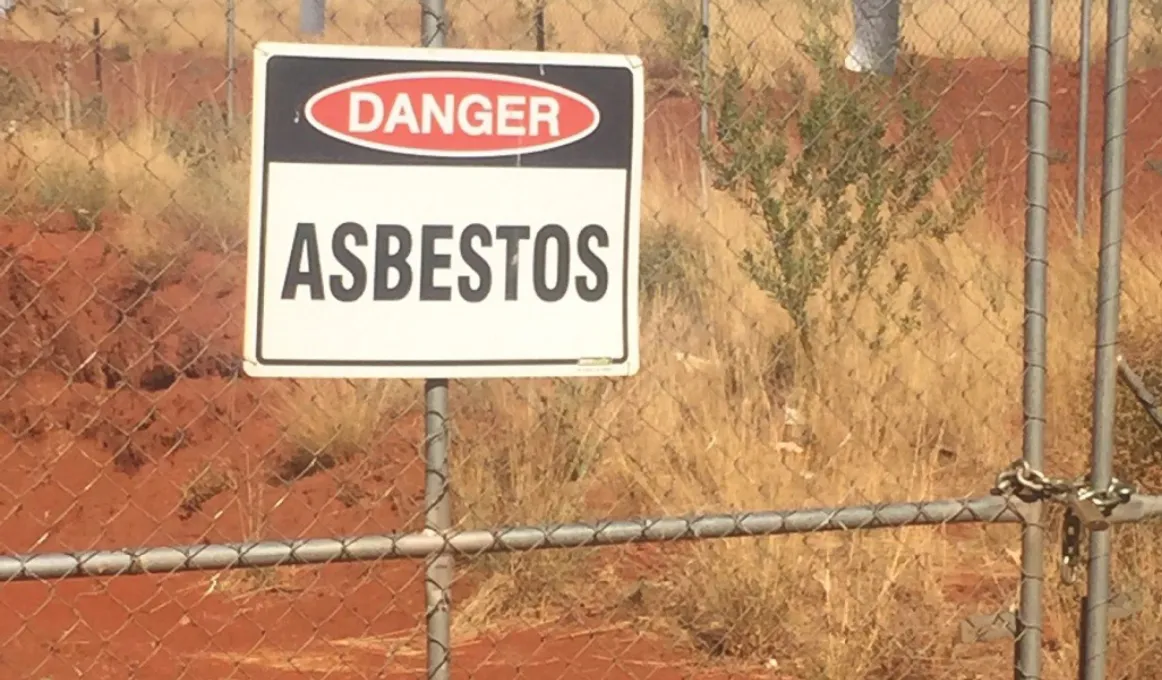Fighting the scourge of asbestos in remote communities

The Australian Government is funding asbestos eradication projects, including one run in conjunction with the Northern Territory Government to send licensed asbestos removalists to remote communities.
The Australian Government is funding asbestos eradication projects, including one run in conjunction with the Northern Territory Government to send licensed asbestos removalists to remote communities. They train locals about asbestos so they can get their licence and be employed to remove asbestos in their community and elsewhere.
With all we know about the dangers of asbestos, it’s hard to believe that it was once so widely used throughout the country. Peter Tighe, the CEO of the Australian Government’s Asbestos Safety and Eradication Agency (ASEA) says, Australia had a love affair with asbestos in the decades following World War II and we are now living with the consequences.
“Before the connection between asbestos and a range of serious health issues became clear, it had proved itself to be a very useful product,” Peter said. Asbestos is a good fire retardant so we used it in walls, roof sheeting, guttering and insulation, packed around hot water systems.”
“It’s also water resistant so we used asbestos to line kitchens and bathrooms and it adds strength to structures so builders added it to cement. About one in three Australian houses contain asbestos material.”
While the asbestos hotspots are the post WWII suburbs of Australian capital cities, the dangers of asbestos are even greater in remote communities.
“A lot of houses were built in remote communities from the 1960s to ‘80s and it was easy and cheaper to truck asbestos sheeting into those communities. And now it’s difficult to get someone qualified out to communities to see the problems and organise a response.”
With around 700 deaths in Australia from asbestos-related mesothelioma recorded and 700 new cases diagnosed each year, the need to eradicate asbestos in houses and communities is urgent.
Peter says that asbestos disposal is also an issue for remote communities.
“The only safe way to dispose of asbestos is by deep burial, three and a half metres below ground at a registered disposal site.
“Access to licensed disposal sites is a challenge in remote Australia. Some communities have addressed this by implementing licensed disposal cells as part of the community waste disposal facilities. It would be good to see more of this sort of approach, as it supports remote communities to manage the ongoing risks into the future.”
Despite these issues, Peter believes that we will eventually be free of the scourge of asbestos. ASEA has recently released a report on asbestos [PDF 3.4MB] in remote Australia to highlight the challenge and successful solutions being implemented.
“With proactive eradication programmes, the rates of asbestos-related diseases and deaths will decrease, and better understanding of the dangers of asbestos will lead to safer practices around it.”
Find out more
The Australian Government established the Asbestos Safety and Eradication Agency in 2013 to ensure asbestos issues receive the attention and focus needed to drive change across all levels of government.